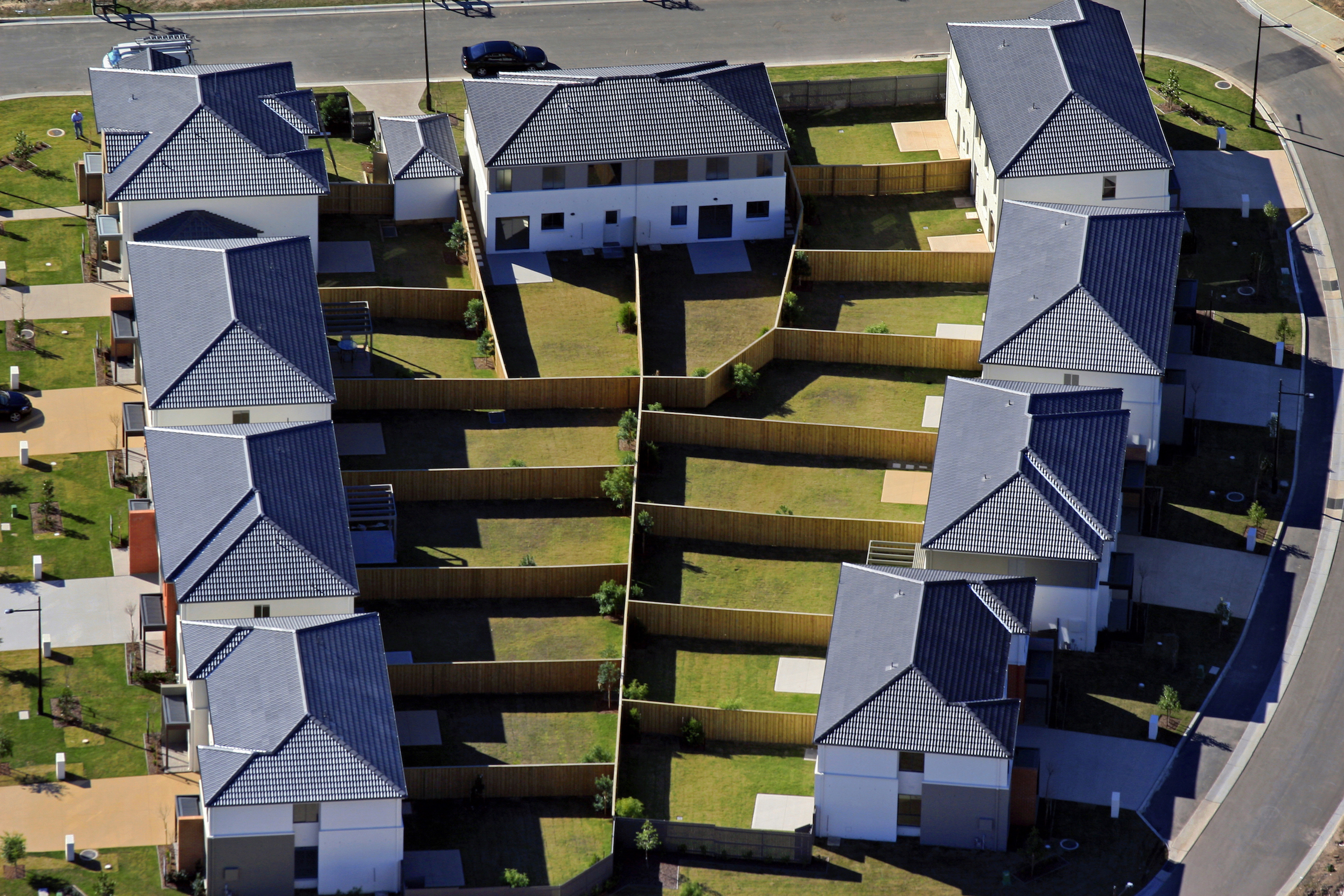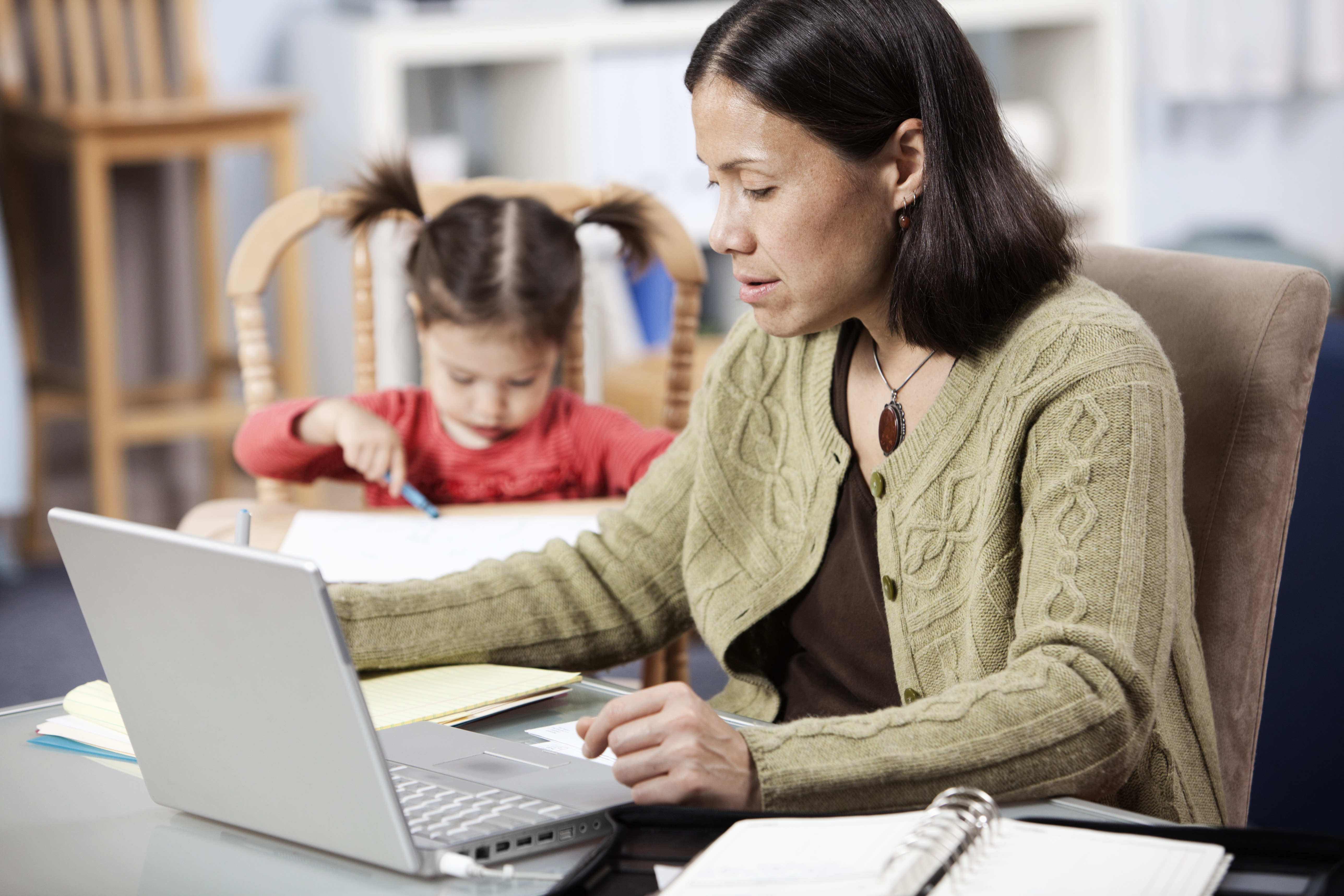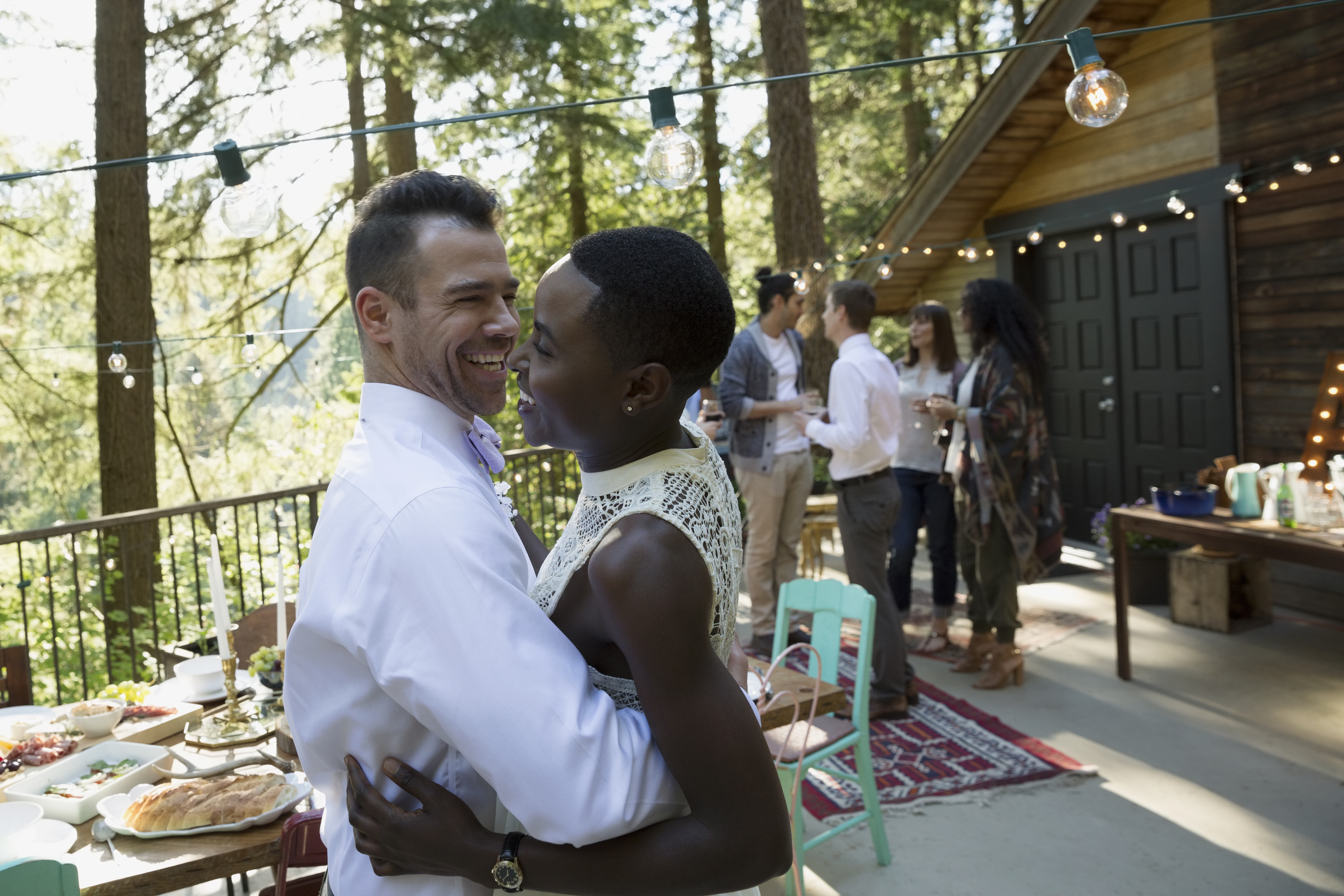
Business & Economics
Lost in transit?

Couples with children still dominate Australia but the HILDA Survey 2019 shows women working and earning more is creating a subtle and sometimes difficult rebalancing at home
Published 30 July 2019
A couple with dependent kids is the unchanging dominant family type in Australia with no change in its perennial popularity, but inside households a subtle though clear rebalancing act is under way as women increasingly take on work and are earning more.
And the rebalancing can be fraught, with the latest HILDA (Household, Income and Labour Dynamics in Australia) Survey revealing that the majority of couples report high levels of work-family conflict as they juggle competing priorities.

Women in particular are reporting high levels of conflict relative to work hours while continuing to shoulder most of the caring and house work.
“What we are seeing is some emerging rebalancing between the genders with regards to work and income, though the changes we are seeing have so far been fairly subtle,” says HILDA Survey leader Professor Roger Wilkins, from the University of Melbourne.
“In the work force, the gender pay gap is still big but it is narrowing, so that while average wages growth in Australia remains slow, underneath that we are seeing declines for men but real increases for women.

Business & Economics
Lost in transit?
“We are also seeing more couples where earnings of each partner are approximately equal,” he says.
The HILDA data also confirms a worsening mental health problem in the community, with rates of diagnosed depression and anxiety rising steeply, especially among women.
And for the first time HILDA has asked Australians about illicit drugs, finding that illicit drug use is strongly associated with having been the victim of violence.
While a history of parental cannabis use also makes it much more likely that a child will grow up to use illicit drugs.
| HILDA 2019: Snapshot |
|---|
| Median household disposable (after-tax) income fell to $A80,095 in 2017 from $A80,592 in 2016 |
| Mean weekly earnings (employed full-time) among women are up 24 per cent in the period 2001-17 to $A1375, and up by 21 per cent among men to $A1696 |
| Proportion of women in work up from 64 per cent in 2001 to 71 per cent in 2017. Proportion of men in work up from 80 per cent to 82 per cent |
| Anchored poverty rate (disposable income below $A18,595 a year) edges up for second consecutive year to almost 4 per cent |
| Average daily commuting times jump by 23 per cent from 49 minutes in 2002 to an hour in 2017. Some 18 per cent of working Australians now commute two or more hours a day |
| Rates of diagnosed depression/anxiety among women aged under 55, jump from 13 per cent to 20 per cent in eight years to 2017 |
| About 25 per cent of Australian couples are multi-ethnic where the partners were born in different countries to each other. |
| Some 42 per cent of Australians live in households comprising a couple with dependent children, virtually unchanged for at least 16 years |
HILDA also shows that among opposite-sex couples, two-thirds are now dual earners with both partners working – up from 56 per cent in 2001.
Of these, the proportion of dual-earner couples where the woman earns more than the man has risen from 22 per cent in 2001 to 24 per cent in 2017. But the proportion of dual-earner couples in which women are the ‘breadwinners’, defined as earning at least 25 per cent more than the man, is little changed at around 15 per cent.

Business & Economics
Rates of diagnosed mental illness soar
And female breadwinners are much more likely to not have dependent children.
Some 28 per cent of couples without dependent children have a woman breadwinner, while just 15 per cent of couples with dependent children have a female breadwinner.
According to HILDA about a quarter of Australian couples are interethnic, defined as each being born in different countries. But 11 per cent of couples include one partner who is Australian-born and the other born in a country where they are likely to be English speaking – namely the UK, Ireland, New Zealand, Canada, US and South Africa.
Only about eight per cent of couples comprise an Australian-born partnered with someone born in a country where their first language is unlikely to be English. About six per cent of couples have both partners born overseas but from different countries.

The majority of couples (56 per cent) have both partners born in Australia, while 14 per cent have both partners born overseas but from the same country.
Among Australian-born people, women are significantly more likely to be in an interethnic relationship than men.
Holding traditional views on marriage and children made both Australian-born and overseas-born Australians less likely to be in an interethnic relationship.

Business & Economics
Warning on struggle street
Similarly, the more important religion is to an overseas-born Australian, the less likely they are to be in an inter-ethnic relationship, though among Australian-born Australians the importance of religion wasn’t a factor.
HILDA shows that the share of non-standard jobs, like casual or part-time work, has been rising gradually since 2008, but while women are much more likely to be in non-standard work, the growth is now fastest among men.
Between 2008 and 2017, the proportion of men working non-standard jobs rose from 31 per cent to 37 per cent, while among women the proportion is up from 57 per cent to 61 per cent.

In particular, an increasing proportion of men are working casual jobs, up from 15 per cent to 19 per cent, while the proportion of women in casual work is steady at around 25 per cent.
About 23 per cent of women are in permanent part-time jobs compared with six per cent of men.
HILDA shows that income growth has slowed markedly since 2009 so it’s largely flat, compared with an almost 32 per cent rise between 2001 and 2009. Accompanying slower income growth, HILDA reveals that individual incomes are also starting to become more entrenched.

Business & Economics
Is wages growth really as weak as we think?
“This is good for people at the high end of the income scale, but not so good for those at the lower end,” says Professor Wilkins.
And he says it explains why HILDA’s statistical measure of inequality in Australia has been little changed since 2001 when measured year-to-year, but is trending higher based on long-term five-year data.
“Australians have been going through a big psychological adjustment. The strong growth associated with the mining boom went on for long enough that people became accustomed to it.
“Now, we are still adapting to the new normal.”
Banner: Getty Images